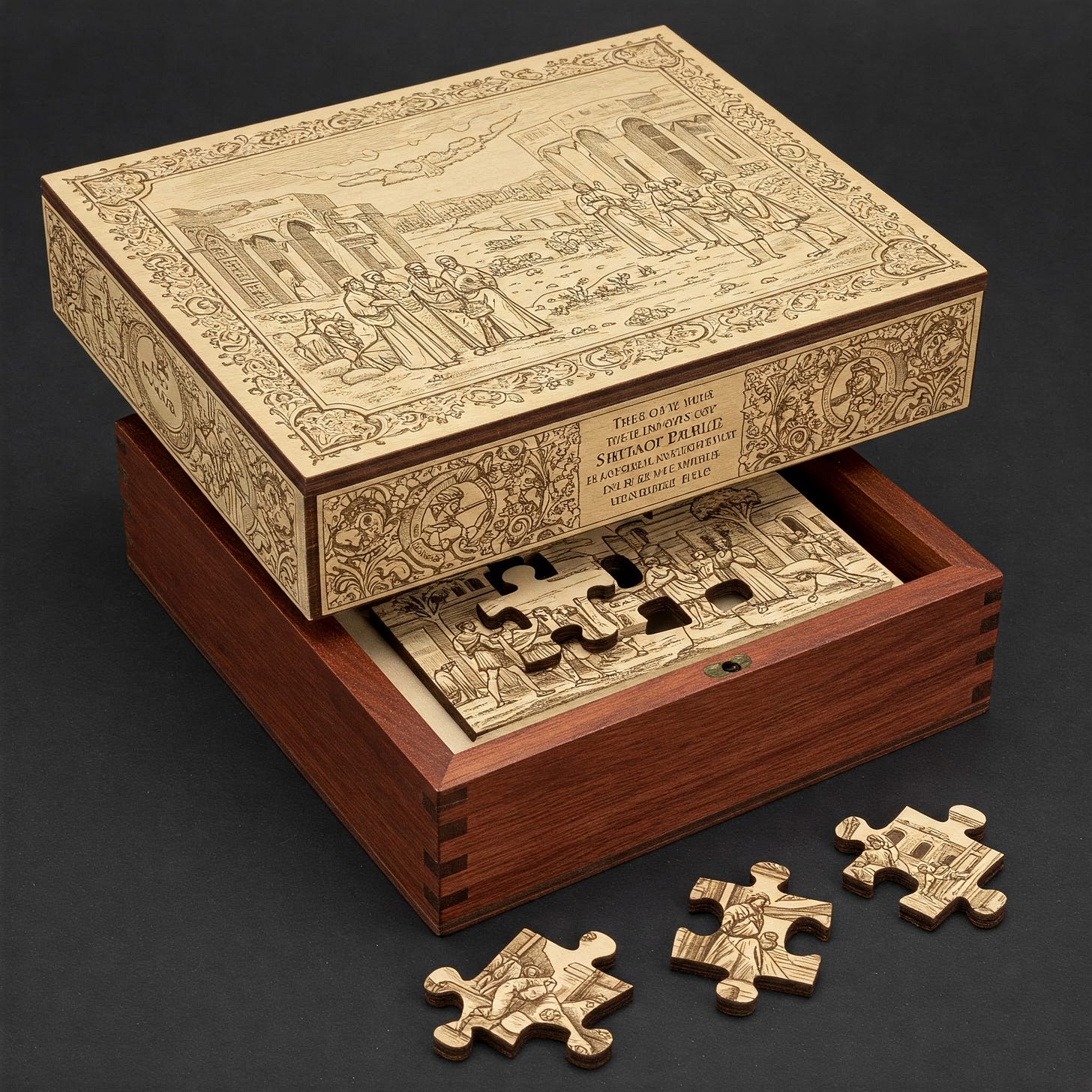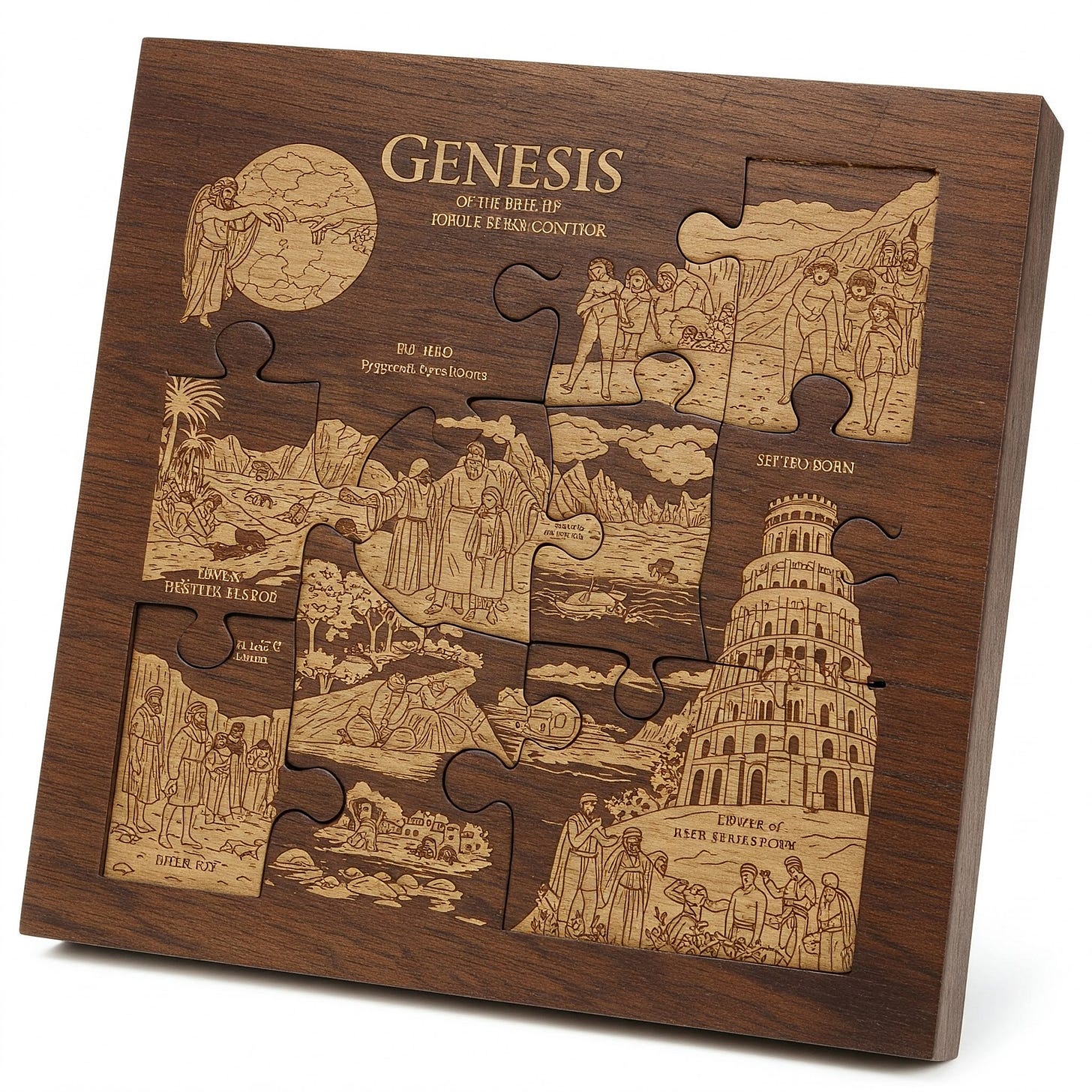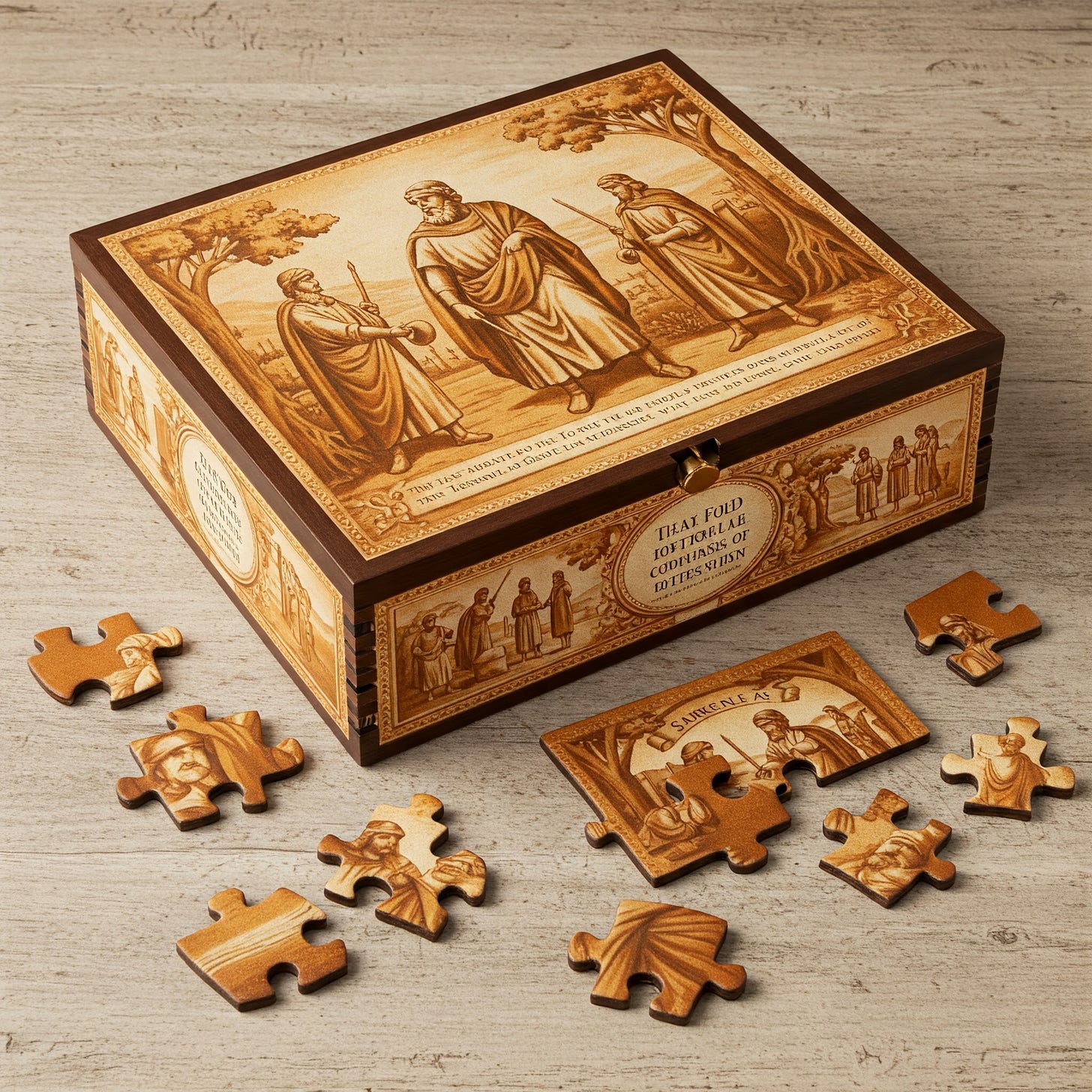The Bible is kind of like that. It's a collection of 66 puzzles, each in its own box. These Puzzles (Bible books) present amazing images – stories, poems, and letters – that are best understood when we see the whole picture. The puzzles are designed and illustrated by a variety of authors in their time and place and written for an audience as particular as the author. Guided by the Holy Spirit, the authors of the Bible have created their chapter in the grand narrative of God and His People. These 66 puzzles then fit together in an epic mega puzzle that is the Bible.
Fruit vs Roots
I’m not sure if you’ve noticed this on my Substack: My Sabbath School discussion guides and sermons tend to focus on one large passage of scripture in the context of the book it is written in and then zoom out to explore the emerging themes from that passage in the rest of the Bible. I do this because I am more likely to rightly discern and teach the Bible if I have first understood it in context.Some people cherry-pick the fruit and never dig around the roots. They pick out their favourite verses from the Bible and make them fit their own worldview rather than understanding the world where those verses were written. This is like only looking at a few puzzle pieces and guessing the whole picture. This leads to confusing and even wrong ideas about what the Bible is trying to teach us.
Imagine you opened the Bible and saw a single sentence: "Go, sell everything you have." If you only read that one sentence, you might think God wants everyone to sell all their stuff. But if you read the whole story, you'd find out that Jesus was talking to a specific rich young man who was struggling to put God first. The point wasn't that everyone had to sell everything, but that we should put God first – before anything and everything else.

Culture and Context
That's why it's so important to study the Bible in context. When we read a passage, we need to look at:Context: What happened before and after?Author/Audience: Who was the author, and who were they writing to?Culture: What was life like at that time?Writing Style: Is it a story, a poem a letter, or something else?
Think about the story of David and Goliath. If we just read the part where David throws the stone, we might think he just had good luck that day. But if we read the whole story, we see how David trusted God, how he prepared, and how he understood the situation. He wasn't just lucky; he was brave and faithful. By looking at the entire story we see that God uses those who trust in him, even when facing impossible odds.
When we study the Bible this way, we learn so much more! We understand the real meaning of the stories, and we can apply them to our own lives. When we explore the culture and context of the Bible passage we are studying, we will always discover hidden treasures!

Why does this matter?
When we understand the culture and context, we are being honest with the Bible. And when we teach the Bible this way, we represent God and His Word with integrity. We let the Bible speak for itself, instead of trying to make it say what we want it to. We learn to be humble, knowing that we don't know everything and can always learn more.

Slow down and Submerge
When you read the Bible, choose a passage and dive into it. Next time a teacher or preacher jumps around the Bible plucking pieces from random puzzle boxes and cramming them all together, ask them how they know they’re not just making up their own picture!Bible study is a slow art, like raising children and discipleship. It grows with you and shapes you. Biblical understanding and wisdom happen as you are going through life with God. When you study the Bible, invest the time and dig deep. Try reading a whole chapter or even a whole book! Ask yourself questions like:
- What's happening in this story?
- Who are the characters?
- What can I learn from this?



.jpeg)